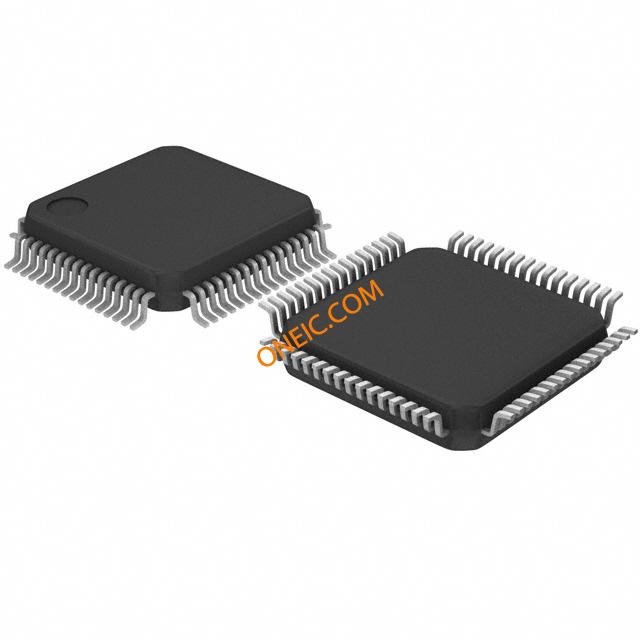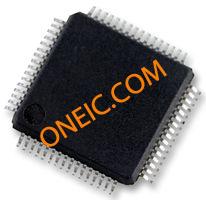STM32L152RDT6
32-bit ARM Cortex M3 microcontrollers with 384KB flash memory
Manufacturer: stm
series introduction
# Introduction to the STM32L152RDT6 Product Series
## 1. Overview
The STM32L152RDT6 belongs to the STM32L1 series of microcontrollers developed by STMicroelectronics. This series is specifically designed for applications that demand low - power consumption without sacrificing performance. The STM32L152RDT6, in particular, offers a rich set of features and capabilities, making it suitable for a wide range of embedded systems.
## 2. Core and Architecture
### 2.1 ARM Cortex - M3 Core
The STM32L152RDT6 is powered by the ARM Cortex - M3 32 - bit RISC core. This core provides high - performance processing capabilities with a maximum operating frequency of up to 32 MHz. The ARM Cortex - M3 architecture features a Harvard architecture with a 3 - stage pipeline, which enables efficient instruction execution and high - speed data processing. It also supports a wide range of thumb - 2 instructions, providing a good balance between code density and performance.
### 2.2 Memory Organization
- **Flash Memory**: It comes with 256 KB of embedded Flash memory. This non - volatile memory is used to store the program code of the microcontroller. The Flash memory has a high - endurance characteristic, allowing for a large number of program/erase cycles, which is crucial for applications that require frequent firmware updates.
- **SRAM**: The microcontroller is equipped with 32 KB of SRAM. This volatile memory is used for storing data during the execution of the program, such as variables, buffers, and stack space. The SRAM provides fast access times, enabling efficient data processing.
## 3. Low - Power Features
### 3.1 Multiple Power Modes
- **Run Mode**: In this mode, the microcontroller operates at full performance, with the core and all peripherals enabled. However, the STM32L152RDT6 still features low - power consumption techniques, such as dynamic voltage scaling, which adjusts the supply voltage according to the operating frequency to minimize power consumption.
- **Sleep Mode**: When the microcontroller enters the sleep mode, the core is stopped, but the peripherals and SRAM retain their states. This mode allows for quick wake - up times, making it suitable for applications that require intermittent processing.
- **Stop Mode**: In the stop mode, the main regulator is switched to a low - power mode, and the system clock is stopped. Only the RTC (Real - Time Clock) and some low - power peripherals remain active. This mode significantly reduces power consumption while still allowing for fast wake - up using external interrupts.
- **Standby Mode**: The standby mode is the lowest - power mode of the STM32L152RDT6. In this mode, most of the internal circuits are powered off, and only the backup domain (including the RTC) remains active. The SRAM and register contents are lost, but the wake - up time is relatively short, and it can be triggered by external interrupts or the RTC alarm.
### 3.2 Ultra - Low - Power Peripherals
The microcontroller integrates several ultra - low - power peripherals, such as the low - power timer (LPTIM), which can operate in low - power modes and consume very little energy. The analog - to - digital converter (ADC) also features low - power operation modes, making it suitable for applications that require continuous data acquisition with minimal power consumption.
## 4. Peripherals
### 4.1 Communication Interfaces
- **USART (Universal Synchronous/Asynchronous Receiver/Transmitter)**: It has multiple USART interfaces, which support both
Images for reference

64-LQFP

Image Preview

Image Preview